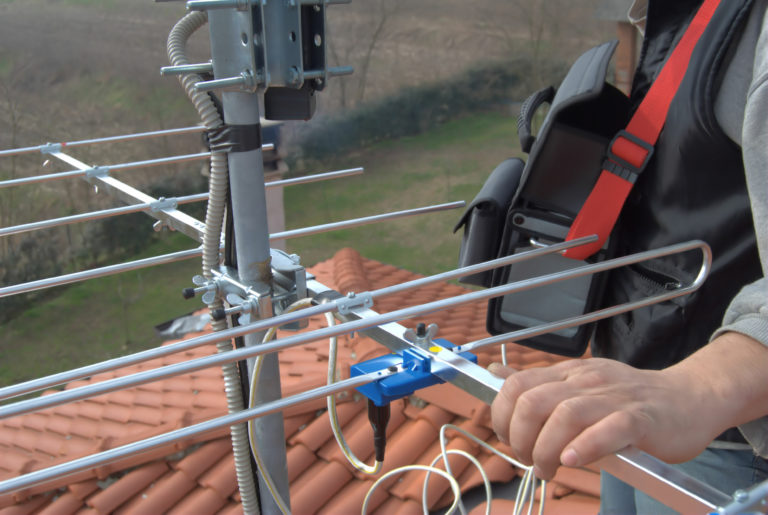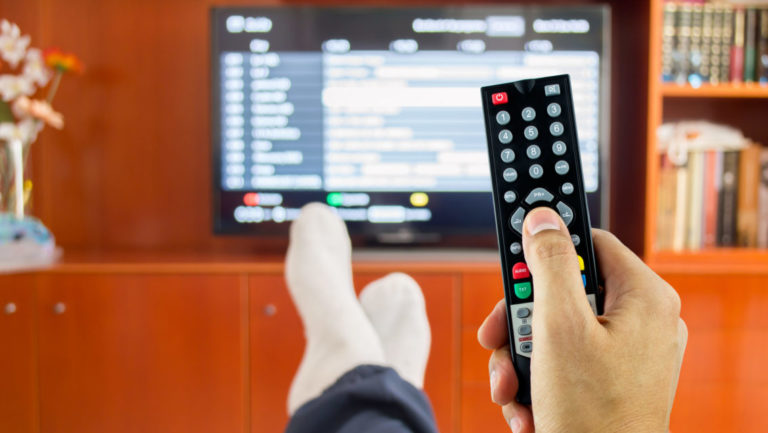Even if you’ve taken the smartest approach, by shopping around to find the best cable or satellite package to suit your needs, you still can benefit tremendously from a TV antenna. If you’ve never hooked your TV up to an antenna, or haven’t in decades, you’ll be glad to know the technology has come a long way in recent years, allowing you to access over-the-air television — in full HD — for free with no monthly fees ever.
OTA TV has been around since the dawn of television and is already accessible with all TVs as long as you use an antenna to grab the signals that are already floating through the air from your local broadcasters. Antennas are your key to getting free TV legally and without an internet connection, granting you access to dozens of channels. Getting the antenna is the only cost you’ll face, and the vast majority of them are inexpensive, with good ones to be found for less than $40.
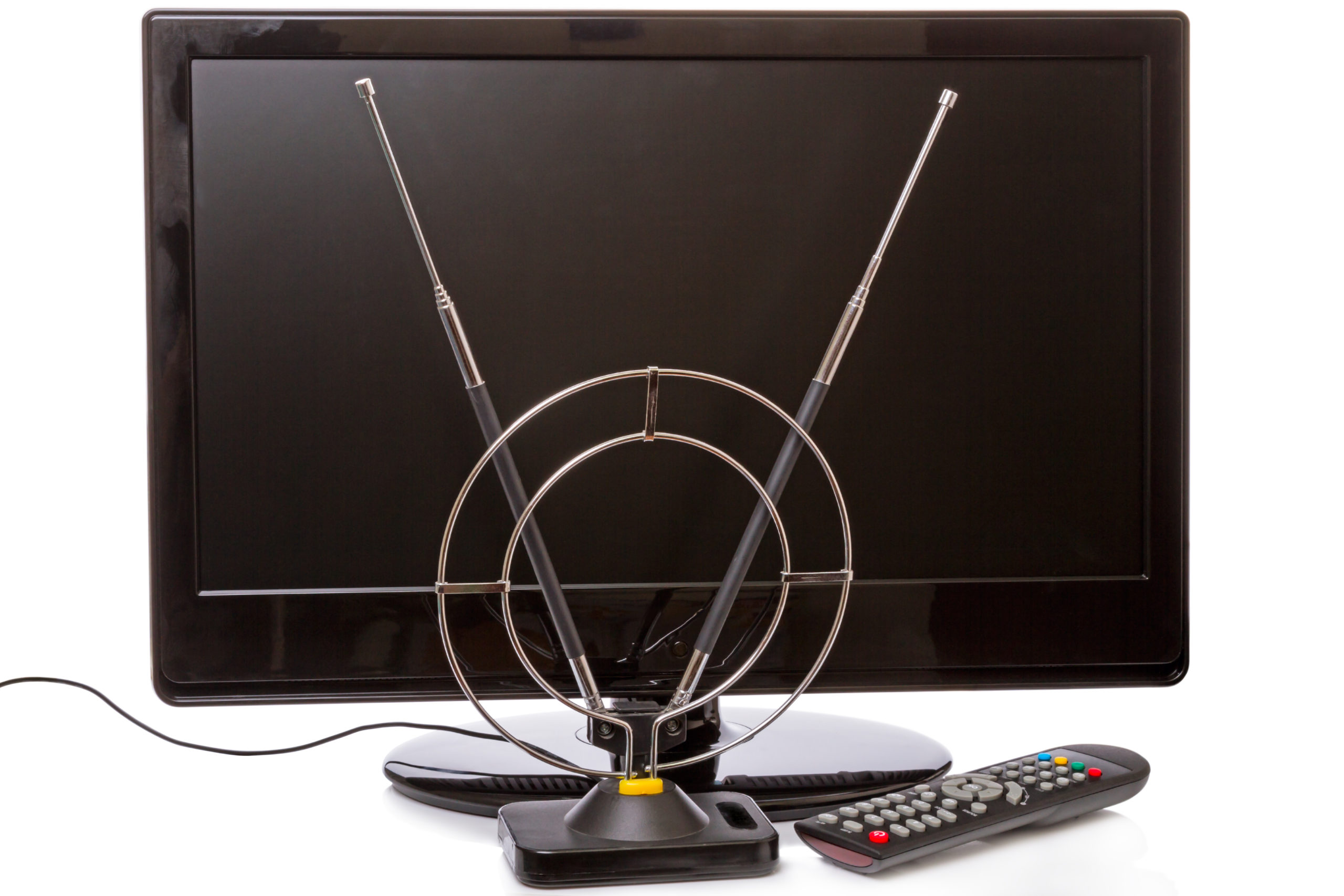
With streaming entertainment getting more expensive by the year, having OTA programming in place can be smart. Tapping into OTA TV is great all on its own or as an additional supplement to your regular streaming services. After all, it won’t have an effect on the quality of your streaming signals and won’t add another bill to your budget. You can easily add an antenna without cutting your cable, satellite or streaming services.
While an OTA antenna won’t give you access to cable networks like HGTV or ESPN, and it won’t let you watch the shows streaming on Netflix and HBO Max, it will give you totally free access to all the content from the four major networks — ABC, CBS, Fox and NBC— and other top ones like PBS and The CW, plus perhaps dozens of extra digital channels, depending on what’s available in your area. With those networks, you’ll be able to see weekly NFL games, live award shows, games shows, news, home-improvement programs and tons more every week for free.

You might think you don’t need an antenna with all the viewing options you’re already paying for, but here’s why we recommend you pick one up, even if you have cable.
Better Picture
While both cable and broadcast TV operate at a 1080p resolution, yet using a TV antenna can actually get you a better picture than what your cable or satellite supplier sends. That’s because those subscription services compress their signal to pack as much data as they possibly can into the stream to provide more channels.
With a digital TV antenna, there is virtually no signal compression, leading to a richer picture. Antenna users can usually spot the difference in picture quality upon the time they scan for channels and start watching.
You Can Still Record Shows
One of the biggest reasons people hesitate to using OTA TV over a pay service to watch their local networks, despite it being free, is that they don’t want to arrange their schedule around when shows air. Thankfully, in recent years, OTA DVR devices have become widespread, giving you the ability to record any of the shows, games or other broadcasts that come through your antenna and watch them on-demand. Obviously, this means a separate device you’ll need to buy and add to your setup but we’ve got a whole article on the best OTA DVR options and how to get started using them.
Many modern TVs also allow for a built-in channel guide that makes flipping through your OTA networks as easy as flipping through the ones in your cable package.
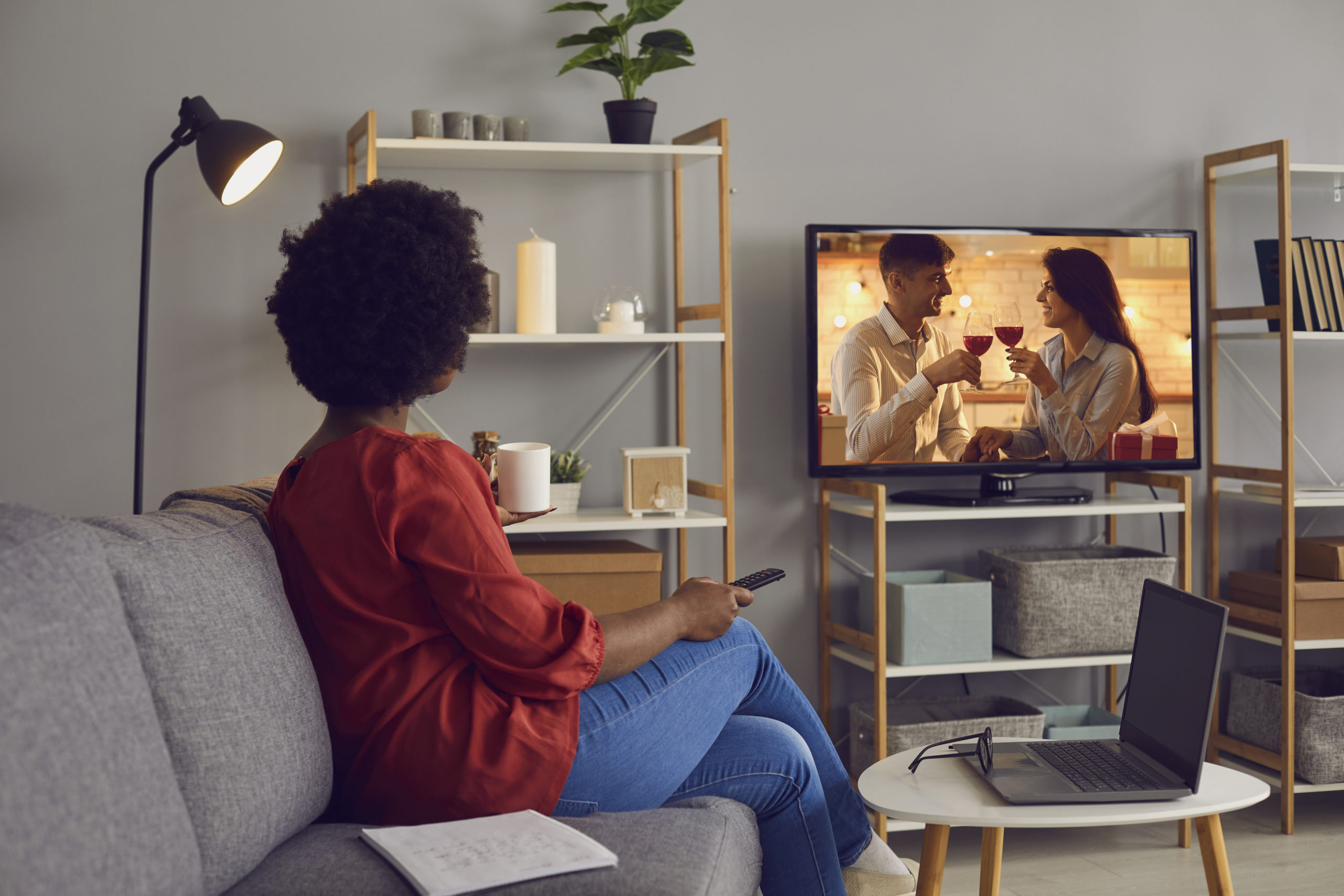
Added Protection During Outages
Use a TV antenna to protect yourself during bad weather or when mishaps cause the cable or satellite signal to go out. In an emergency, especially if your area is experiencing a fire, flood, hurricane or tornado warning, this can mean everything. No matter what, you’ll still have access to your local news channels, where you can view the latest weather updates and learn about what you need to do next. Ensuring your access to breaking news during storms offers additional peace of mind, without added fees and is one of the reasons OTA TV is free in the first place.
Think of an antenna as a solid backup for safety purposes — or a safety net if you ever get the itch to drop your subscription services without missing any of your shows.
Built-In Parental Controls
Keeping kids from seeing content that’s harmful or just inappropriate for them is a huge challenge of modern parenting. Opting to use OTA TV as your child’s main source for viewing is a way to make that simple. Everything that airs over OTA TV channels is covered by the guidelines of the Federal Communications Commission — unlike what airs on cable or subscription services, which are not beholden to FCC monitoring — so the antenna acts as a wall between your youngest viewers and the content that might upset them. You’ll also find that most of the highest-quality TV shows for kids air on PBS, which is available free with an antenna.
If you are considering setting a TV up in your child’s room, maybe limit its channel selection to those picked up by an OTA antenna. This means that even at night, the things they may come across that are a little more mature still shouldn’t be anything compared with the most mature offerings on cable or streaming TV.

Get Unique Channels
While you might feel like there are endless entertainment options at your fingertips with cable, a digital antenna can open the door to even more. That’s because all broadcast channels offer at least one digital subchannel, which isn’t available through cable or satellite services. The number of subchannels will vary depending on your geographic location, as some networks offer several of them. These channels can include everything from 24/7 runs of classic movies or home-improvement series, local news or kids programs, often with very few commercials.
If you’re located near multiple TV markets, you might be able to pick up out-of-market channels, which can increase your jackpot of content even further. With a digital antenna, you can rescan your antenna through your TV’s settings every so often to see if new content will appear.
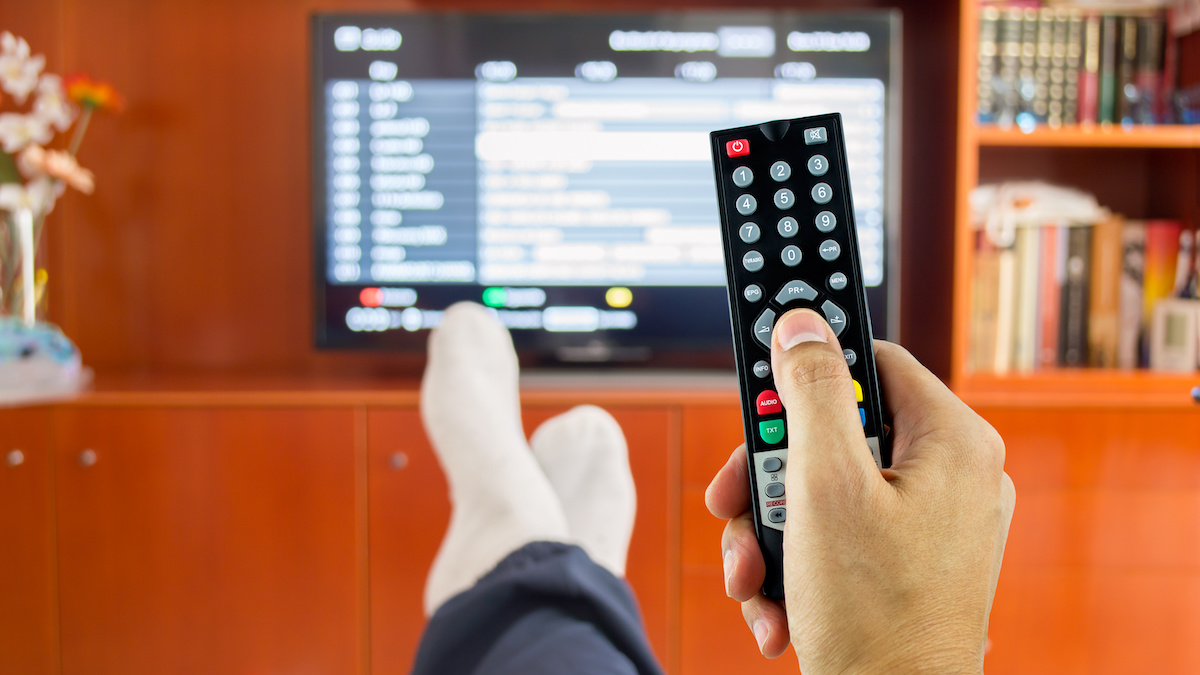
Indoor antennas are so affordable that you could buy one to connect to your TV and see what channels are available. If you experience any trouble with reception, there are ways to remedy it. Depending on your location, an outdoor antenna might be better. These are more expensive and involve more thorough installation, typically in an attic or on a roof, but the cost savings overall are still significant considering there are no additional monthly fees. All you have to gain is a wider breadth of channels to indulge in.

